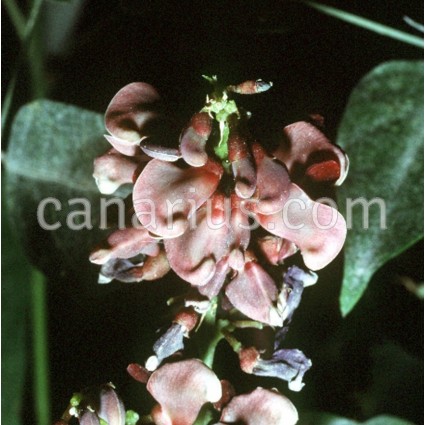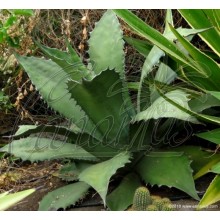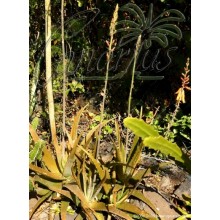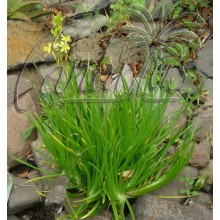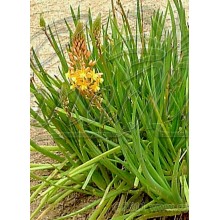Apios americana 'Late Blooming'
This is a late blooming cultivar of Groundnut or Hopniss. This "ancient crop", scientifically named Apios americana, belongs to the family of beans and actually grows much like a bean, but in its case the edible part is the tuberous root system hidden underground, which is delicious and high in protein.
New
This is a late blooming cultivar of Groundnut or Hopniss. This "ancient crop", scientifically named Apios americana, belongs to the family of beans and actually grows much like a bean, but in its case the edible part is the tuberous root system hidden underground, which is delicious and high in protein. This plant was extensively used as a root crop by North American natives so it is found in a very large part of North America, spanning from cold Canada to the subtropics of the Southeast. The gene pool is huge and there are different cultivars with different tastes and flowering times. It sends vining shoots during the warm months, with attractive clusters of pink scented flowers. Stems often die back in winter and then it comes back from the ground. The different thing about this root crop is that it needs to spend two-to-three summers in the ground in order to achieve the best yelds. So, choose a place where you can keep and enjoy the vine for some time. Depending on the season we will ship a resting tuber or an actively growing plant. Please note this is a summer-growing. winter-resting plant and it better resists shipping during its rest. Winter does not exactly mean "winter", as it means "cooler months'', usually spanning from October-November to March-April and Summer means "summer months", starting from May-June to Sept-October. This species should only be disturbed and shipped from from October until March or April. If you order during the growing months, then it is at your own risk, we will do our best but the plant will always suffer a bit. If stressed, it might stop growing and it could enter into rest (depending on the stress and on the species) until the following Spring.
Pictures from wikimedia commons:
Public Domain, https://commons.wikimedia.org/w/index.php?curid=589567
Illustration By Paul Hermann Wilhelm Taubert (1862-1897) - Leguminosae. inEngelmann (ed.): Natürliche Pflanzenfamilien. Vol. III, 3., Public Domain, https://commons.wikimedia.org/w/index.php?curid=839063
Pictures from wikimedia commons:
Public Domain, https://commons.wikimedia.org/w/index.php?curid=589567
Illustration By Paul Hermann Wilhelm Taubert (1862-1897) - Leguminosae. inEngelmann (ed.): Natürliche Pflanzenfamilien. Vol. III, 3., Public Domain, https://commons.wikimedia.org/w/index.php?curid=839063
| Cultivation | Protected |
| Plant origin | America |
| Presentation | Bare root |
| Max. Size | 70cm-200cm |
| Botanical family | Convolvulaceae |
| Light | Sun |
| Minimum winter temperature | 0 ºC to 10 ºC |
| Plant type | Herbaceous |
| Color | Black |
| Color | Brown |
| Color | Violet |
| Color | Green |
| Care | Pot |
| Shape | Perennials |















